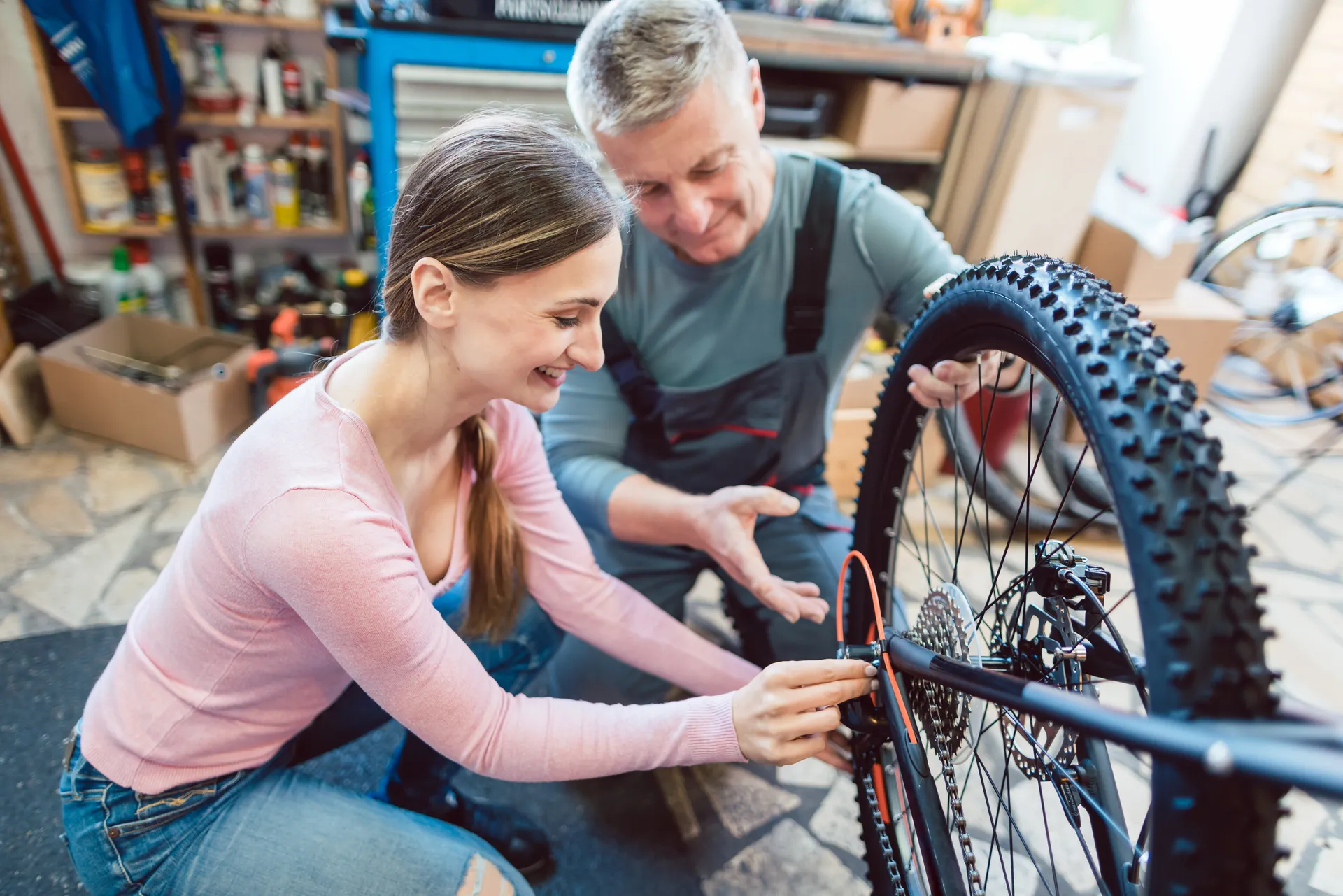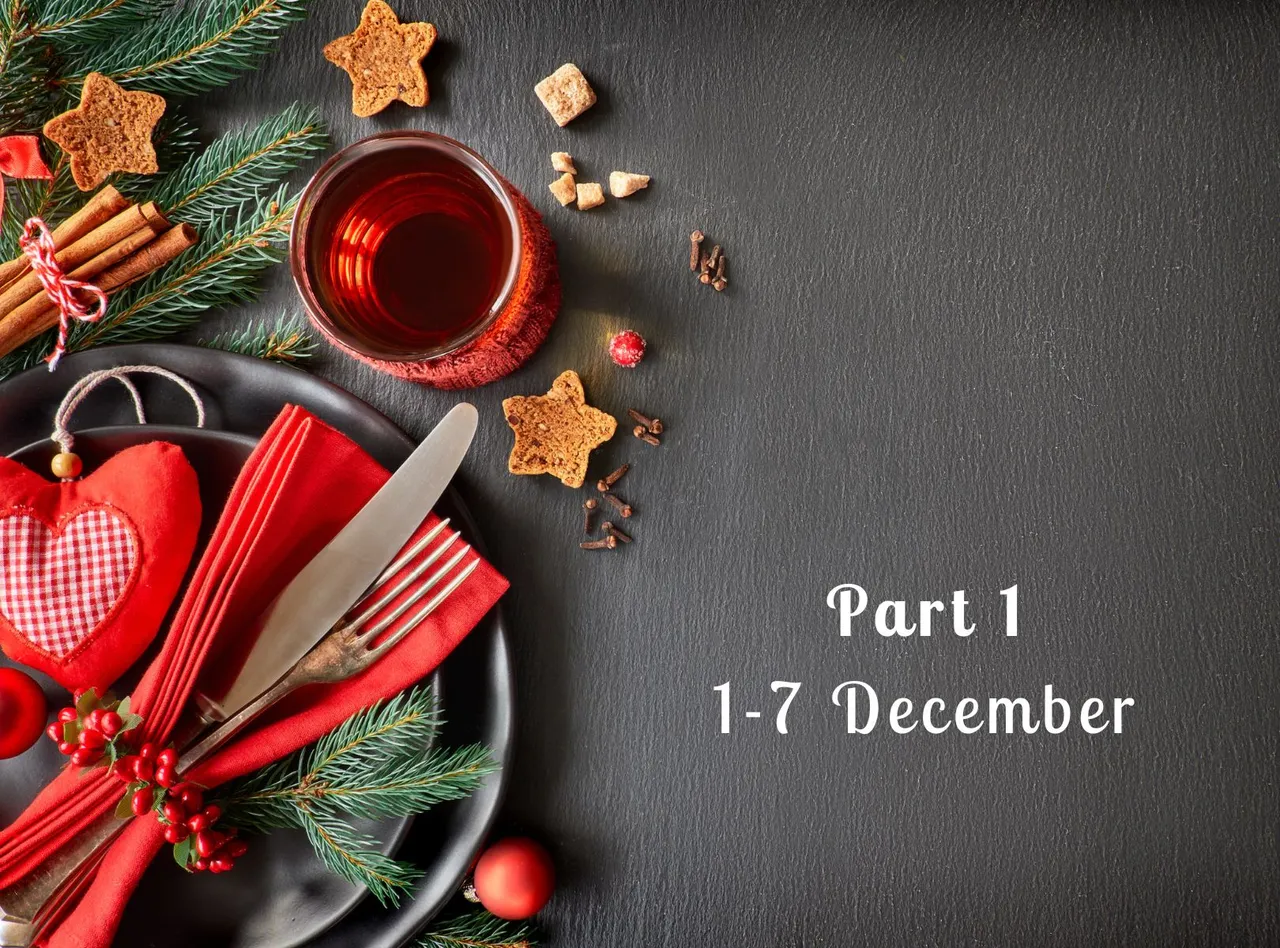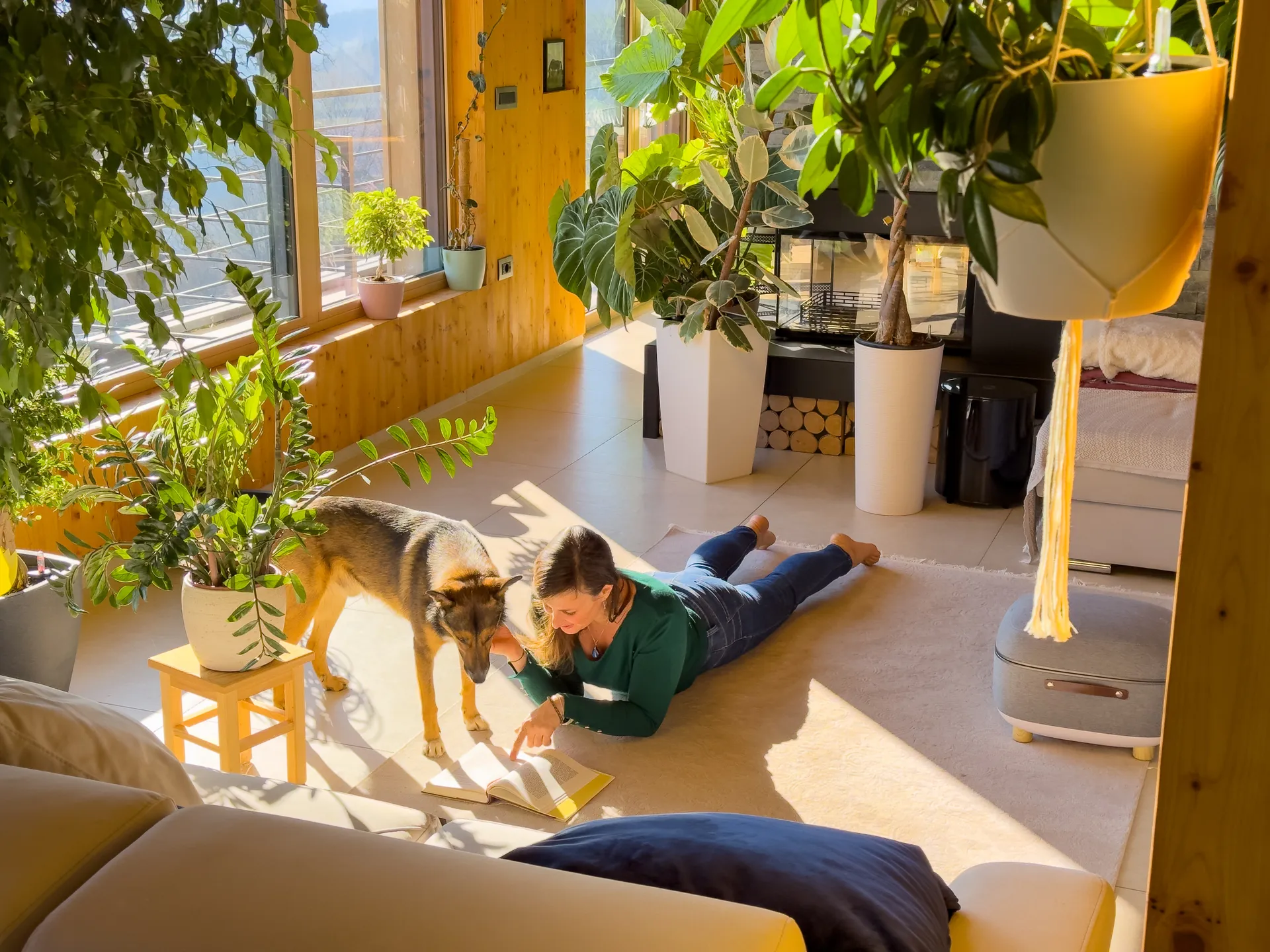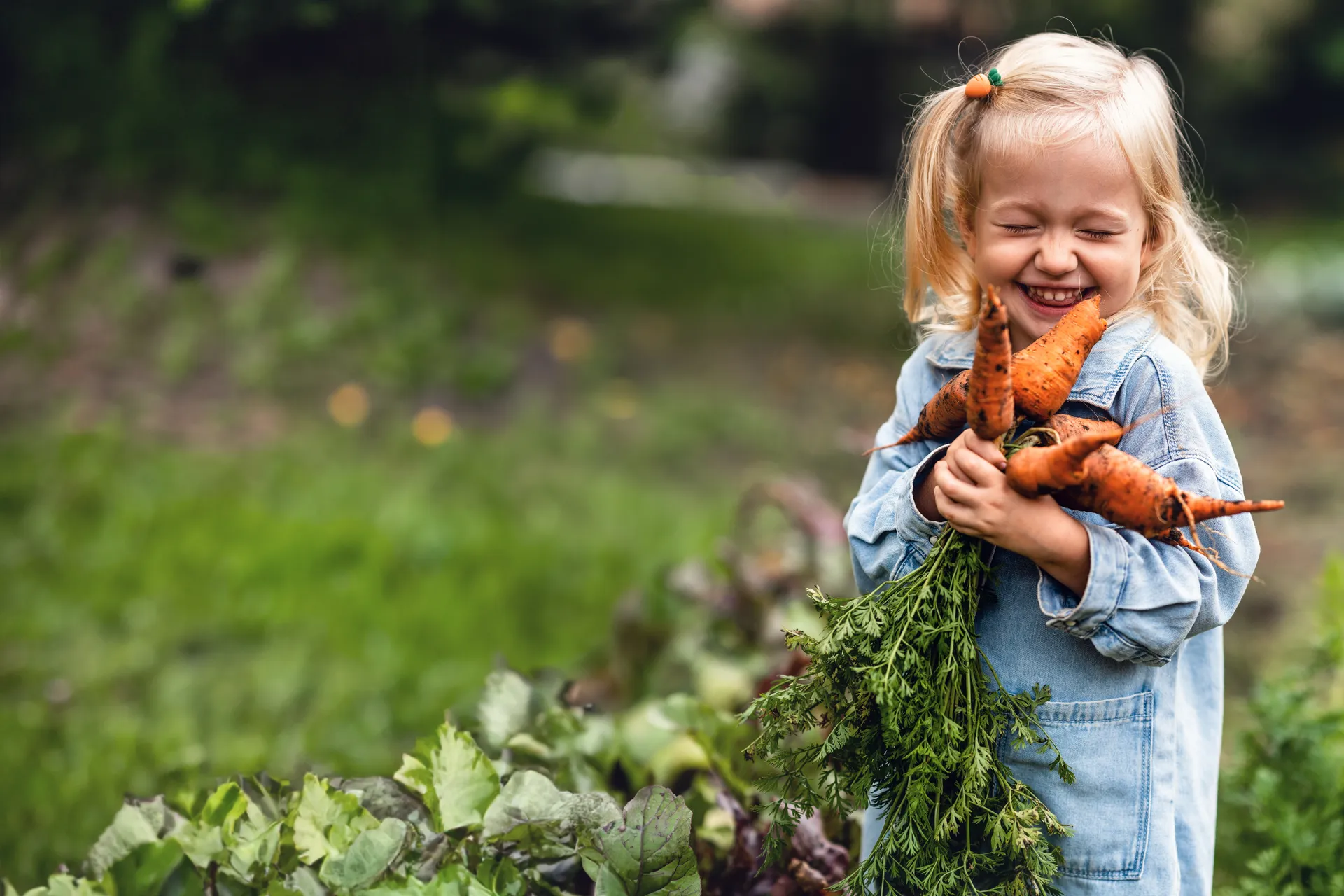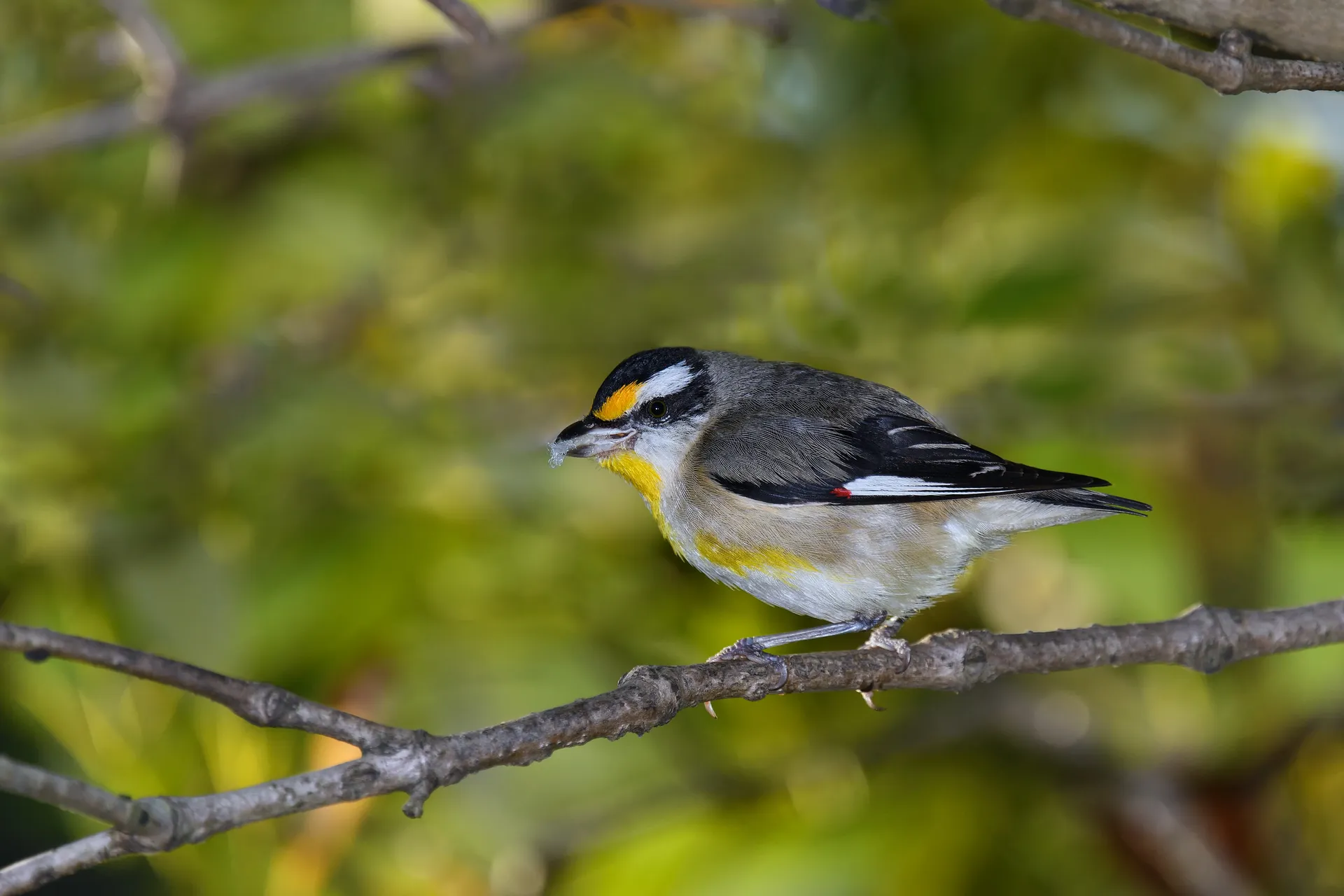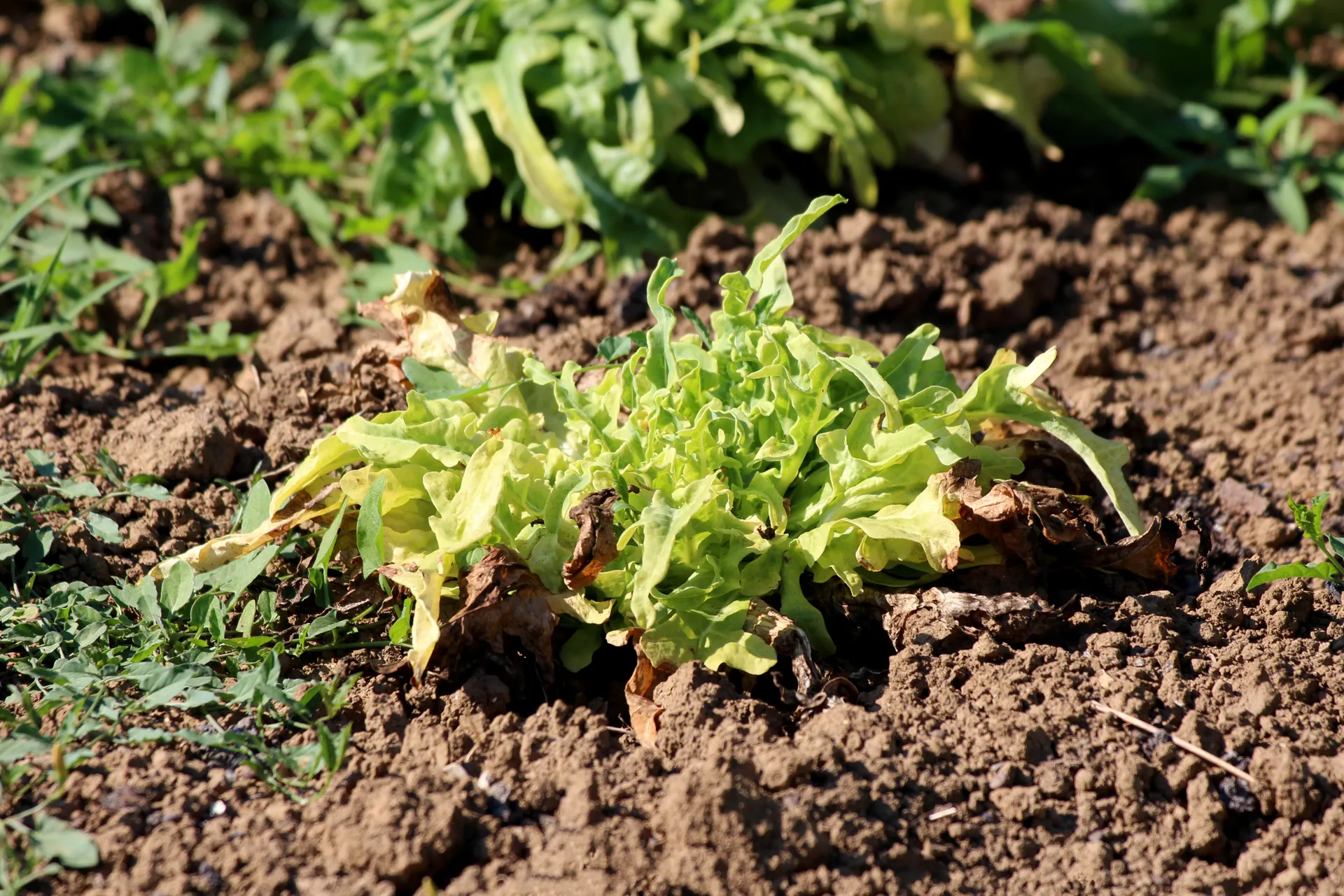The bees have spoken: discover their favourite flowers
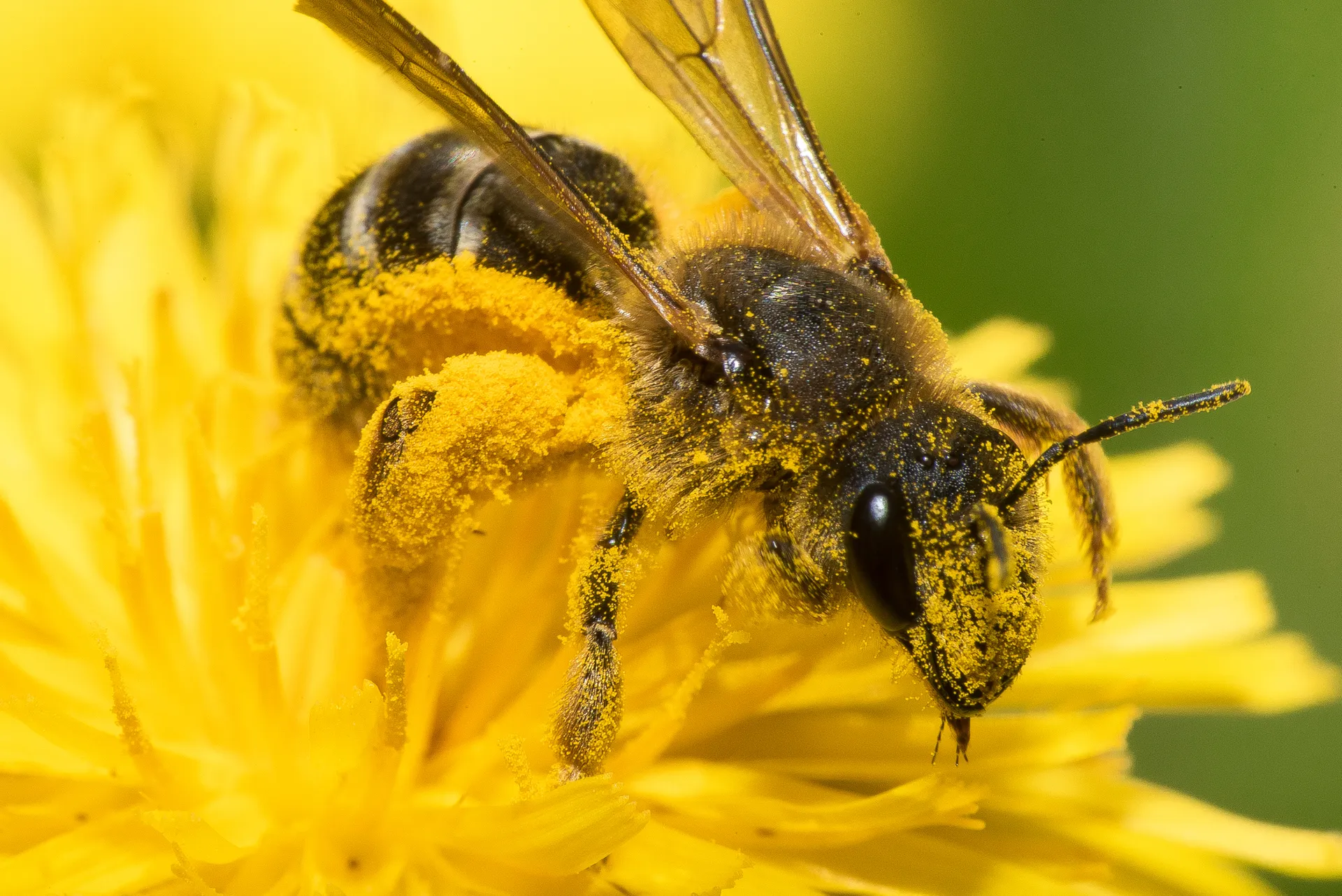
Bright, nectar-rich flowers are more than just pretty — they’re essential food for bees. Find out which blooms thrive on the Sunshine Coast and how to grow a bee-friendly garden all year round.
Bees select flowers based on colour, scent, shape and even the tiny electrical signals left by other bees. A diverse garden filled with nectar-rich blooms, native plants and flowering herbs helps them thrive — and keeps your fruit, herbs and vegetables pollinated.
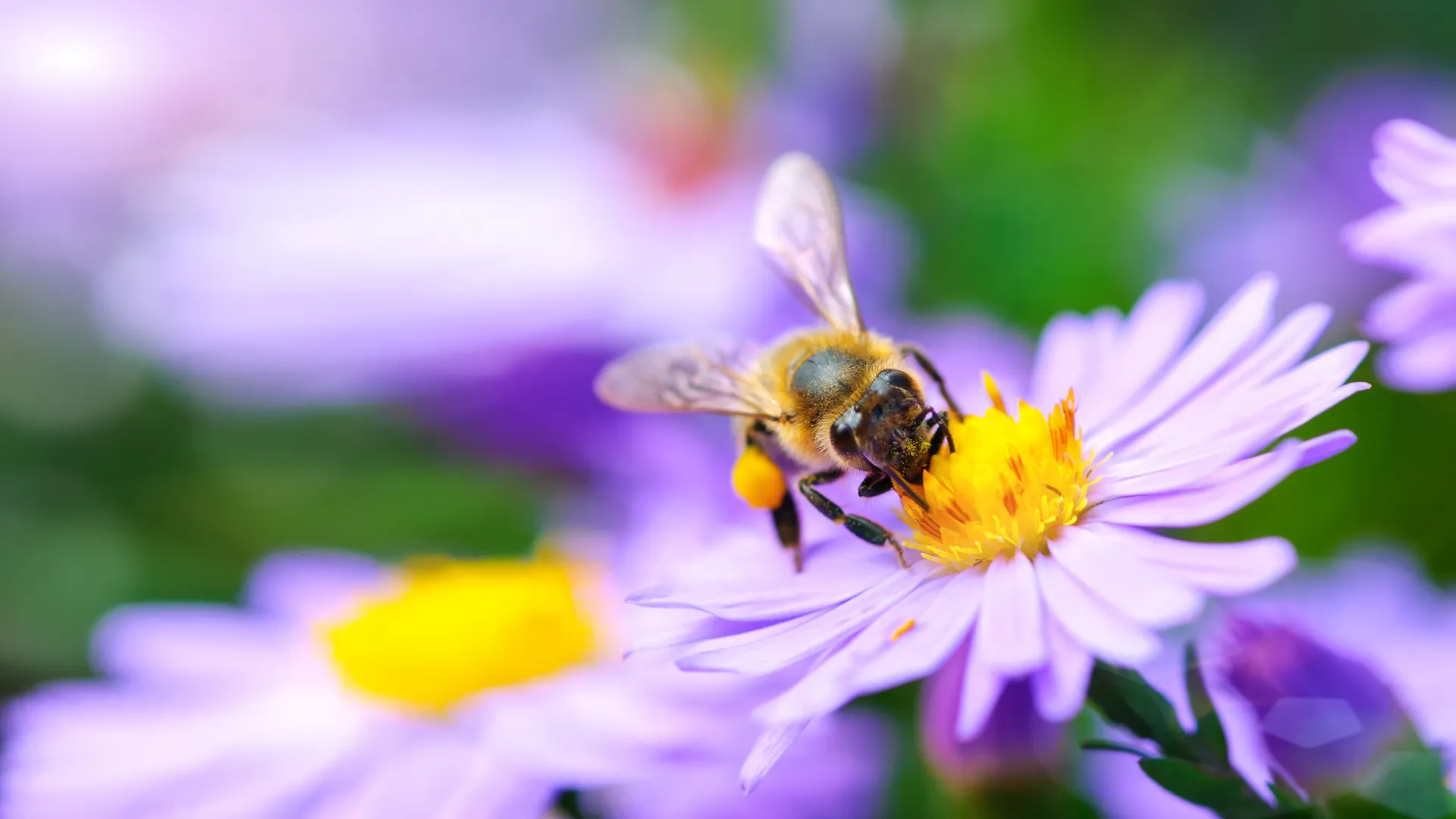
Bee-approved colours and shapes
Bees can’t see red, but they’re strongly attracted to blue, violet, white and yellow. They also prefer open or shallow flowers that are easy to land on.
For a garden that hums with life, plant clusters of similar colours together — it helps bees locate nectar faster and saves energy.
Top bee-attracting flowers for Sunshine Coast gardens
- Lavender – rich nectar and long blooming season
- Borage (Starflower) – refills nectar quickly, ideal for honeybees
- Salvia – tubular blooms suited to both honeybees and native bees
- Grevillea – native variety with high-protein pollen
- Westringia (native rosemary) – hardy, drought-tolerant, flowers most of the year
- Sunflowers – open faces packed with pollen
- Tea tree (Leptospermum) – supports native bees in winter and spring
- Dianella (Blue flax lily) – local native with delicate purple blooms
Why herbs are a hidden bee haven
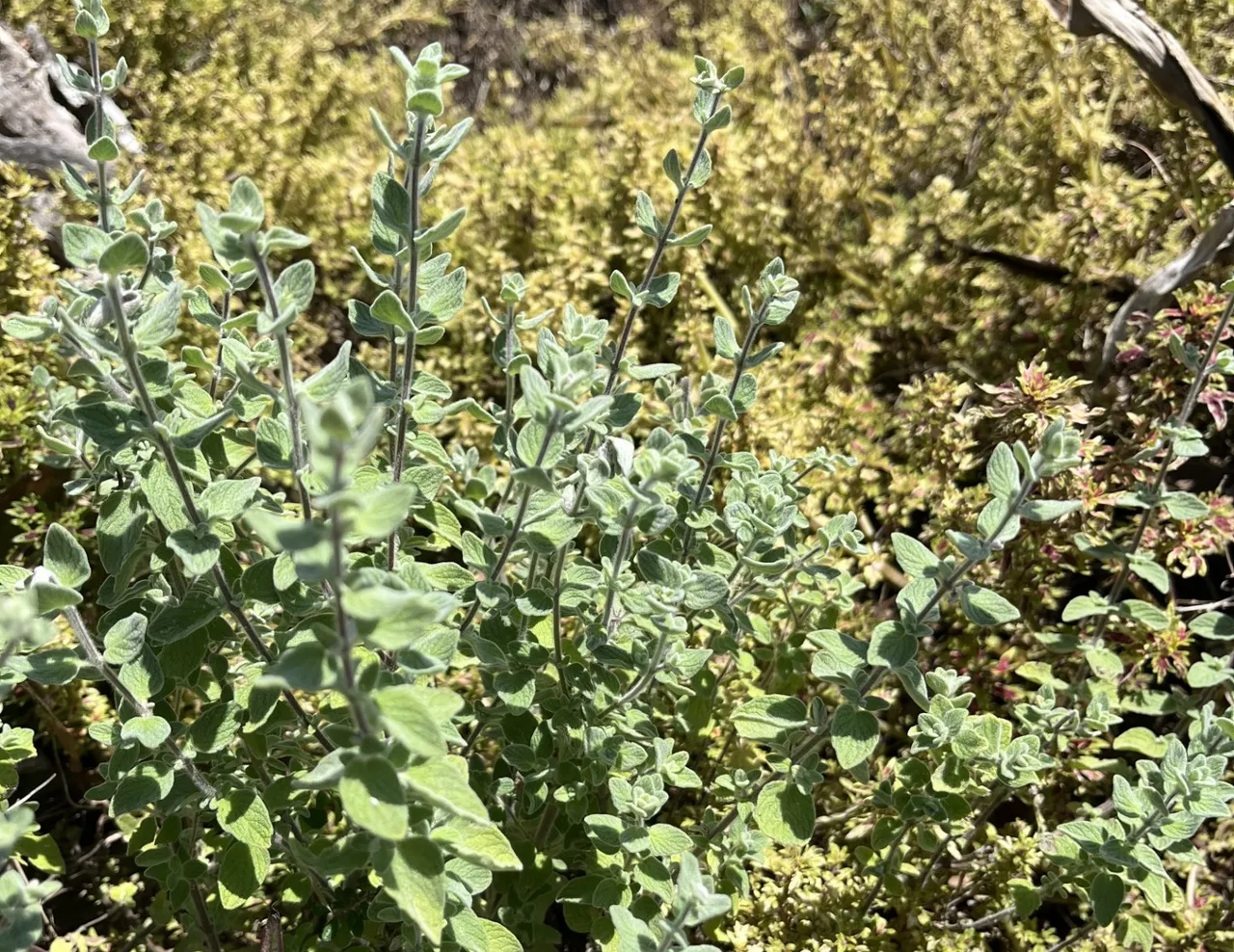
Flowering herbs like basil, thyme, rosemary, mint and oregano are a food source for bees when other plants fade.
Allow a few stems to flower instead of trimming them. Once the flowers dry, herbs such as basil, dill and coriander will often self-seed naturally on the Sunshine Coast, thanks to the region’s mild winters. New seedlings usually appear the following spring with little to no effort.
How bees know which flowers are “taken”
Bees have evolved an extraordinary way to detect which flowers still contain nectar.
They sense the minute electrical charge between their bodies and a flower. When a bee lands, it changes the flower’s charge for a few minutes, signalling to others that it’s already been visited.
Combined with an acute sense of smell and the ability to see ultraviolet patterns on petals, bees can quickly identify the most rewarding blooms — visiting hundreds in a single foraging trip.
Native bee favourites
Australia is home to more than 1,700 native bee species, many of them solitary or stingless. On the Sunshine Coast, common native bees include:
- Blue-banded bees – experts at 'buzz pollinating' tomatoes and hibiscus
- Teddy bear bees – fluffy brown pollinators that prefer lavender and salvia
- Resin and leafcutter bees – use leaf and petal discs to build nests
- Stingless sugarbag bees (Tetragonula carbonaria) – small, social bees suited to backyard hives
Planting a mix of native and exotic bee-friendly flowers supports these pollinators throughout the year.
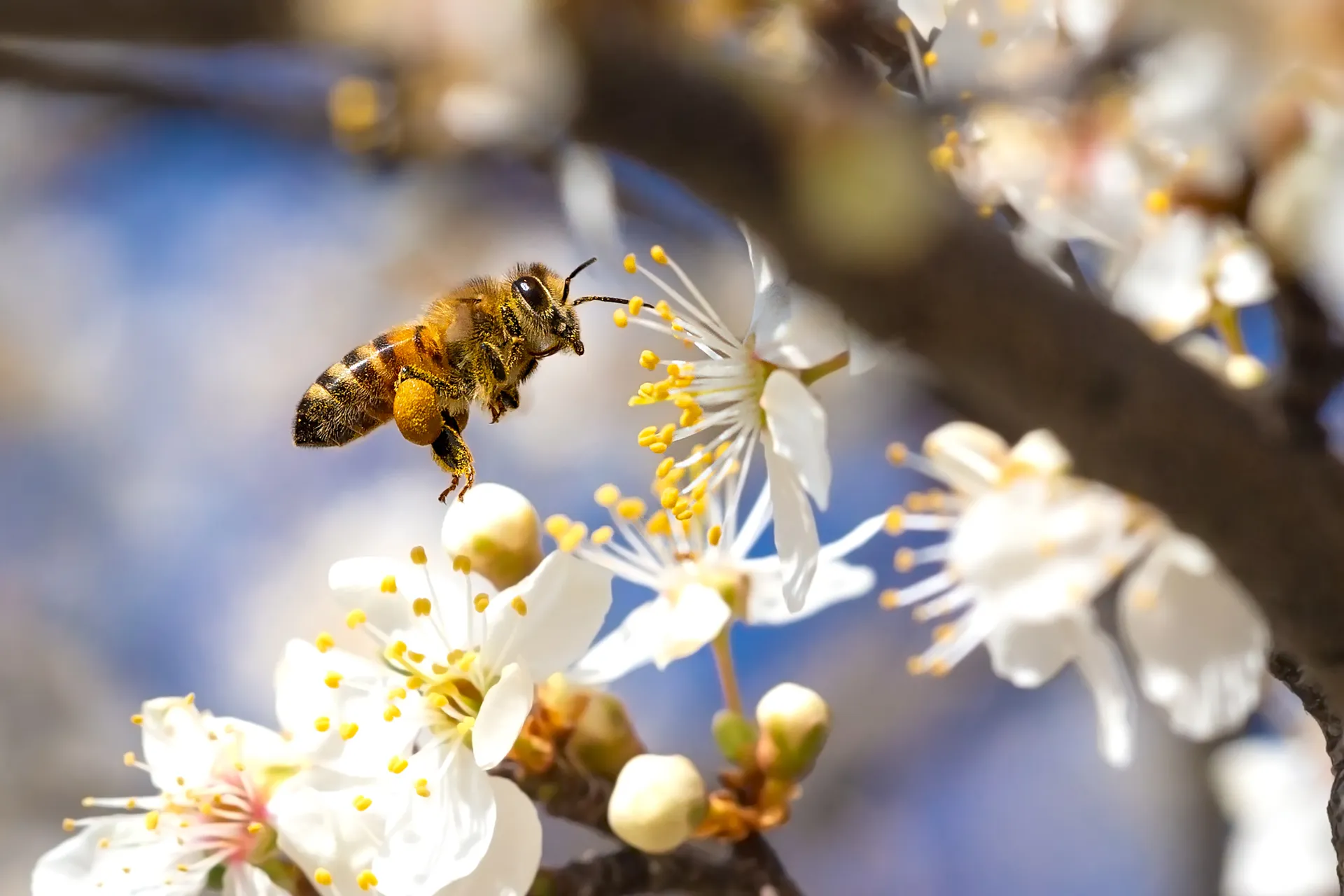
Bee-friendly garden tips
- Group flowers in colour blocks for visibility
- Avoid pesticides, especially neonicotinoids
- Provide shallow water dishes with pebbles
- Allow herbs and clover to bloom before trimming
- Keep something flowering every season
- Clean bee hotels annually to prevent mould or pests
Categories:

